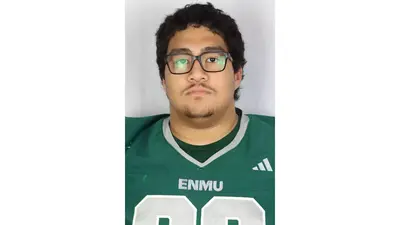The molds are carved into a face, and the caribou skin is processed and sewn over the mold. After the skin dries, you can add eyelashes, eyebrows, hair, beard or mustache, and an isigvik - or ruff.
This is the process of making a skin mask - a craft with a thousand-year-long history that served a variety of ceremonial and spiritual functions in Inuit and Yupik cultures. Now the craft is practiced by very few.
Earlier this month, Inupiaq Studies team at Ilisagvik College, Jerica Niayuq Leavitt and Natasha Eqagin Itta, traveled to Anaktuvuk Pass to learn from Elder Louisa Kakianaaq Riley how to make caribou skin masks, according to the post from Ilisagvik College.
"Traditional knowledge is so important," Leavitt said to the Arctic Sounder. "Anaktuvuk Pass has always been known for the caribou skin masks. Very few people practice the art, and it is in need of being revitalized. Kakianaaq is one of the few who continue to practice the art form."
http://www.thearcticsounder.com/.../2235anaktuvuk_pass...
Original source can be found here.


 Alerts Sign-up
Alerts Sign-up